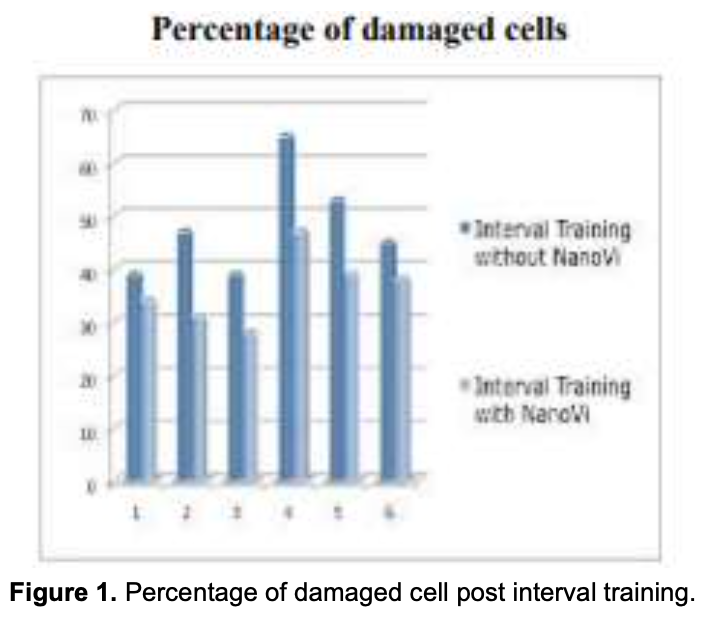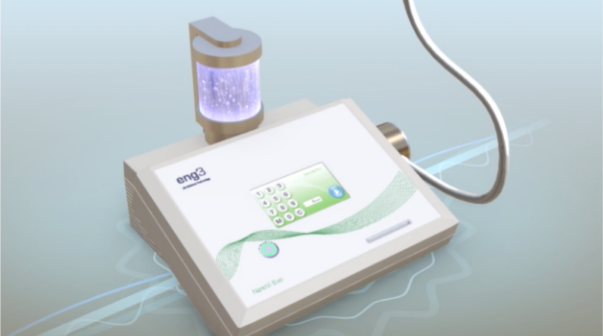Improved Regeneration of DNA Double Strand Breaks with NanoVi® Bio-identical Signaling Technology
Research conducted at IMSB Austria, Olympic Centre, Institute for Sports Medicine and Science
Abstract
A study conducted at the Olympic Training Center in Vienna evaluated the impact of the NanoVi® Pro device on DNA double-strand break (DSB) regeneration following exercise- induced oxidative stress. Endurance athletes were selected due to their high levels of oxidative stress, making DNA repair a key indicator of NanoVi®’s potential therapeutic benefits.
Methods: Athletes performed a standardized interval training regimen, after which blood samples were collected to assess DNA damage. On a separate day, they repeated the same training regimen but followed it with a 20-minute NanoVi® Pro session, after which another blood sample was collected. The AKLIDES® system, an automated immunofluorescence assay, was used to analyze DNA damage by detecting fluorescent- labeled antibodies bound to DSB sites in lymphocytes. Blood samples were processed at IMSB Austria, Olympic Training Center in Vienna, and analyzed at Medipan Laboratory in Berlin, Germany.
Results: In all cases, the DNA double strand breaks in the blood of the athletes were lower when the NanoVi® Pro device was used in conjunction with interval training. The reduction of DNA breaks is the result of faster cell regeneration. All subjects improved their oxidative response showing faster regeneration with the NanoVi® therapy. Conclusion: This study demonstrates that NanoVi® Pro accelerates cell regeneration following exercise-induced oxidative stress in endurance athletes. By enhancing cellular regeneration and reducing DNA double-strand breaks, NanoVi® technology may play a valuable role in post-exercise recovery and oxidative stress management.

